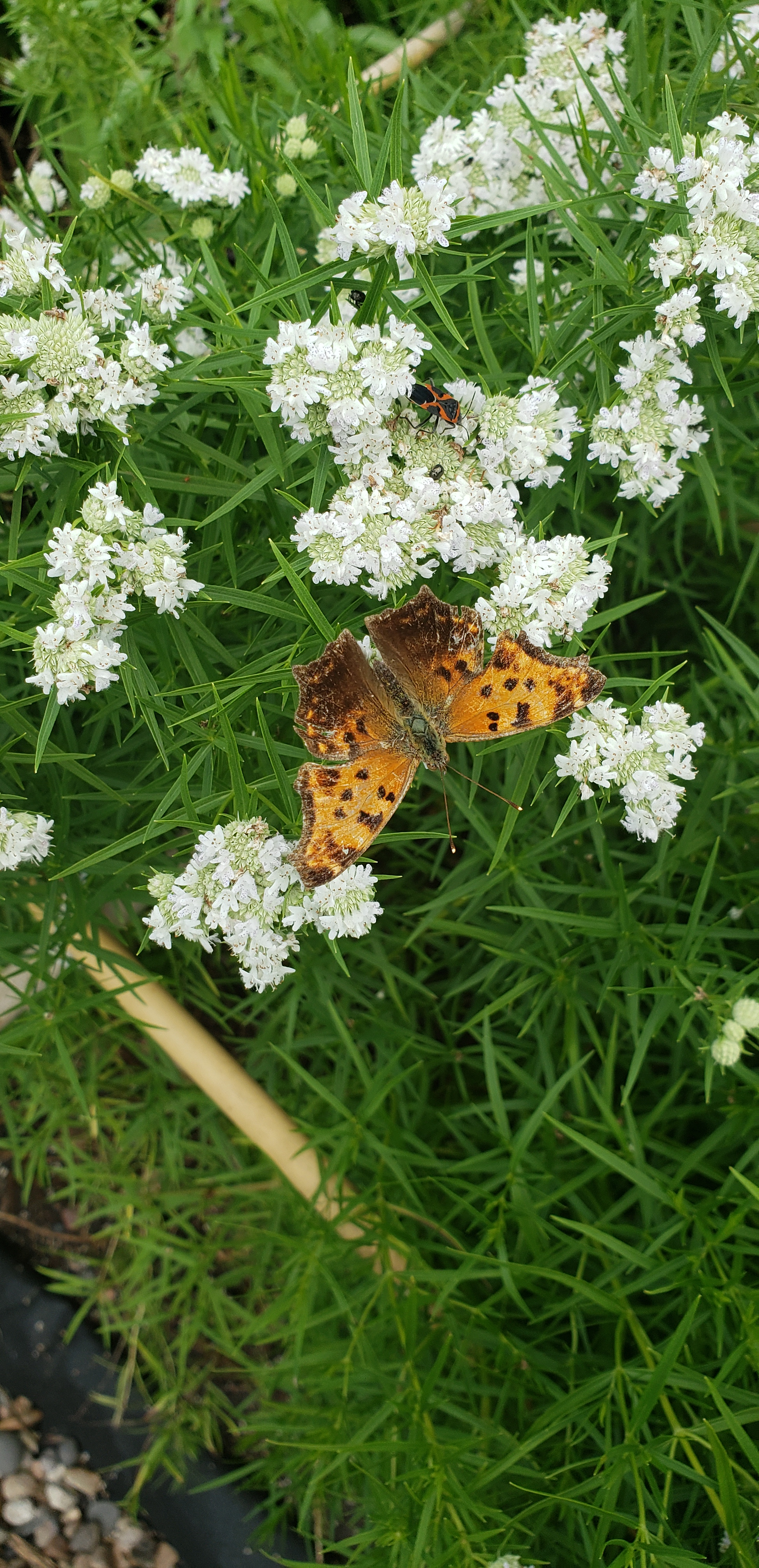We’re so excited to be co-sponsoring a gardener education workshop this month with the Columbia Public Library! Clear your calendar for Saturday, June 24 and see the details below. No need to register and all gardeners and community members are welcome, teens and adults!

Garden Pests and Pollinators:
How to Manage for Both in Your Home and Community Garden
Saturday, June 24 at 2-3:30 p.m.
Columbia Public Library, Friends Room, 100 W. Broadway
Mid-Missouri gardeners are bedeviled by all kinds of pests, from tomato hornworms to Japanese beetles, throughout the growing season. The ongoing challenge is to fight back against these pests, while encouraging the presence of the bees, butterflies and moths who pollinate your plants! Joe Walls from the Columbia Center for Urban Agriculture and Dana Morris from Central Methodist University will share their know-how at this presentation. Joe will share natural pest management tips for home and community gardeners. Dana, who has worked extensively with monarch butterfly recovery, will present on “Thinking Like a Bee: Planting and Planning for Habitat.”
Joe Walls received his master’s degree in entomology as well in plant pathology and environmental microbiology from Penn State University. During graduate school, he studied integrated pest and disease management for plant viruses and their insect vectors, with special focus on climate change. Since finishing his graduate studies he has worked at Happy Hollow Farm and currently works at Columbia Center for Urban Agriculture. He specializes in pest and disease management plans as well as farm systems maintenance and construction.
Dana Morris earned her B.S and M.S. in fisheries and wildlife sciences and a Ph.D. in biology from MU studying avian ecology. She worked for the Missouri Department of Conservation and the Department of Natural Resources in water quality and outreach education. She taught for 4 years in the School of Natural Resources at Mizzou, worked as a post-doc studying savannah ecology in Kenya and as a post-doc for the Missouri Ozark Forest Ecosystem Project before joining the faculty at Central Methodist University in Fayette, MO in 2012. Since 2014, she has been restoring an 86-acre university-owned nature sanctuary with native habitat to better support biodiversity, pollinators and an outdoor classroom. In her own garden, she grows just enough produce for her family and several families of wild animal neighbors.
This workshop is part of our series of gardener education workshops celebrating our 40th anniversary.














